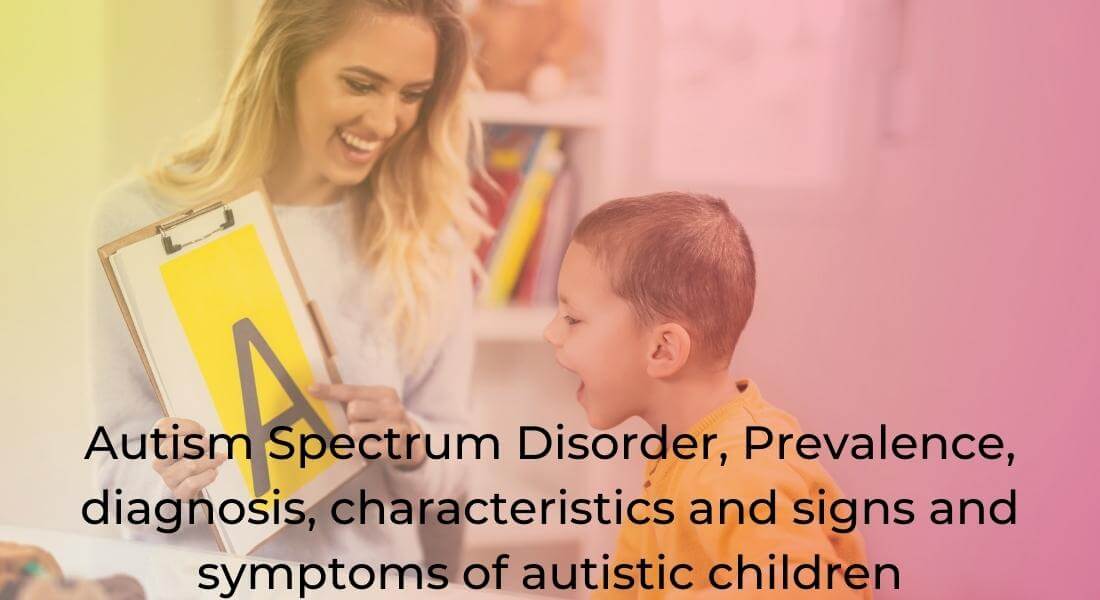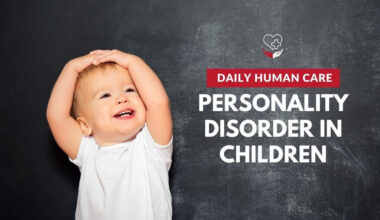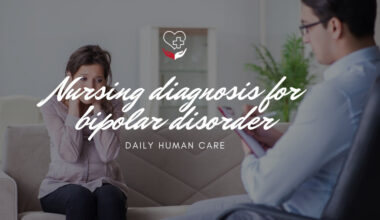Table of Contents
What is autism?
Autism, also known as an autism spectrum disorder (ASD), affects a person’s life, social skills, communication, interpersonal relationships, and ability to regulate one’s emotions throughout one’s life. As a “spectrum condition,” autism affects people differently and to varying degrees. A set of behaviours defines it.
A person with autism can have a better quality of life if they receive the support and services they need early on, even the condition’s cause is currently unknown.
What are the traits of autism?
Characteristics & Diagnosis
To gain insight about What’s it like to be autistic? The DSM-V defines autism in the following ways:
- Inconsistent variations in the way people communicate, relate to one another, and interact socially in various contexts
What this might look like in practice: Non-verbal or unusual patterns of speech, inability to understand nonverbal communication, inability to make and keep friends, inability to maintain typical back-and-forth conversational style.
- Behaviour, patterns, activities, and interests are characterized by restriction and repetition.
What this might look like in practice: the tendency toward monotony and difficulty in transitioning from one activity to the next (echolalia), as well as the occurrence of a wide range of repetitive behaviours such as making the same sounds or uttering the same phrases over and over (echolalia), are all examples of echolalia.
When social demands exceed an individual’s ability to cope, as described by the American Psychiatric Association’s Diagnostic and Statistical Manual (DSM), these core characteristics of autism must be present in early childhood. However, challenges may be concealed by learned coping strategies.
Prevalence
The Centers for Disease Control and Prevention (CDC) issued its ADDM autism prevalence report in 2020. According to the report, the prevalence of autism has risen from 1 in 125 people to 1 in 54 people. People’s attention is drawn to autism has created new possibilities for helping those with the disorder and their families across the country.
People of all races and ethnicities are affected by autism, but racial and ethnic differences in diagnosis persist. More white children than black or Hispanic children are diagnosed with ASD, according to the CDC’s ADDM reports. According to previous research, the identification of children with ASD may be hampered among Hispanic children due to social stigma, a lack of healthcare services due to non-citizenship or low income, and the use of a language other than English as a primary language. When it comes to autism spectrum disorder (ASD), black and Hispanic children may not be receiving the support they need in order to reach their full potential.
Even though there are still racial and ethnic disparities in the identification of 8-year-olds with ASD, this ADDM report shows that the gap is narrowing.
Autism is four times more common in males than females their age. A study has shown that girls may not lead to autism in the same way as boys and may go undiagnosed as a result of this difference in presentation.
Early Symptoms
Individuals with autism are affected for the rest of their lives. However, those who receive an early diagnosis have been shown in studies to have a better quality of life. You’ll notice these signs in autistic children if you pay attention:
- Tends to speak late or not at all.
- Language or movement repetition, such as saying or sounding the same thing over and over, hand flapping, and so on.
- Unusual body language, such as avoiding eye contact, expressing minimal facial movements, or speaking in a monotone voice,
- Solo or isolated play is preferred over associative or cooperative play with others.
- The introduction of new foods or a new schedule can cause extreme sensitivity in some people—preference for structured play rather than free-form or make-believe games.
What are the 3 main symptoms of autism?
Three distinct characteristics distinguish children with autism from their typically developing peers.
Communication and social interaction with people are difficult.
- Children may not make eye contact, use words or gestures, or take things literally to communicate.
low Interests
E.g., Children may only play with cars or collect sticks.
Repeated actions
E.g., they may
- Repeatedly grunt or clear throat.
- Repeatedly move their body or flap their hands.
- Repeatedly flick the light switch.
Other characteristics
In addition, sensory issues such as taste, touch, sight, and sound sensitivity are common in autistic children.
Certain sounds may frighten them, so they’ll only eat foods with a certain texture. Alternatively, they may flutter their fingers to the side of their eyes to observe light flicker.
The brains of these children have developed differently than the brains of other children, which shows why children with autism exhibit these characteristics.
What factors contribute to the development of autism?
We have no idea what triggers autism in the first place. Several factors, such as brain development and genetics, could be to blame.
When it comes to brain development, autistic children’s is significantly faster than the general population, especially in the first three years. We don’t know why this rapid expansion occurs. It does, however, imply that the brains of these children communicate in an abnormal manner.
Autism appears to have a genetic component. Nonetheless, it’s unlikely that a single gene is to blame for the condition. More than one gene is more likely to play a role. Researchers have discovered a slew of genes that could play a role in the emergence of autism spectrum disorders.
Signs and symptoms
Early Signs in developmental period: A child’s first signs of autism are usually noticed before the age of 2.
Social and communication development differences in the first year of life can be a sign. As an example,
- children who are later diagnosed with autism may not smile in response to other people’s actions.
- Not using gestures or making eye contact.
After 2 years or toddler: Autism symptoms become more apparent in toddlers when they are expected to interact with other children and start talking.
- If you have a child who is with autism, they may not be interested in playing with other children or repeating what they hear.
Many children show early signs of autism, while others offer only a few. For each child, the number of symptoms and the impact that autism has on their daily lives is different.
Older children and teenagers with autism spectrum disorder in adults may have difficulty adjusting to new social situations in school, such as following directions making friends and having age-appropriate interests.
Also Read: What is Speech Therapy and What happens In Adult Speech Therapy.
Autistic testing and diagnosis
These children are typically identified between the ages of 2 and 3 years old.
Diagnostic testing and evaluation of children by a variety of specialists and professionals is known as a multidisciplinary assessment.
Paediatricians, psychologists, speech pathologists, and sometimes psychiatrists are all part of the multidisciplinary team. Other professionals, such as occupational therapists, may also be included.
If a child is being evaluated by more than one of these professionals, they may do so simultaneously. It’s also possible that they’ll conduct one-on-one interviews in various locations over time. Professionals will share and discuss their findings if the assessment is conducted this way.
Autism cannot be diagnosed with a single test. To determine a child’s developmental status rather than simply observing how they play and interact with others – how the child is currently developing – one must look at the child’s developmental history and interview their parents.
Children with an autism spectrum disorder will be identified. Support levels can range from minimal to substantial, depending on the severity of the diagnosis. These levels can be used to evaluate a child’s social-communication abilities and restricted, repetitive, or sensory behaviours.
Health professionals will also assess language and cognitive abilities.
What should you do If You Worry About the Development of Your Child?
Having a developmental assessment done on your child is a good idea if you’re concerned about their progress. It’s important to get your child evaluated and diagnosed so that you can get the services and programs that are best for your child.
As soon as possible, you need to seek help and support. For autistic children to grow and thrive, they must receive early treatment and support. The reason for this is that they are capable of assisting these children in developing the skills they require to participate in daily activities. Children who receive early intervention may need less or no assistance as they grow older.
What is the Neurodiversity of Autism?
Neurodiversity encompasses a wide range of conditions, including autism.
The term “neurodiversity” refers to the fact that everyone’s brain processes information in a unique way. Because of this, people learn differently, manage their emotions and get along with each other differently. ”
People with autism and other conditions like dyslexia are seen as normal variations in brain function in the neurodiversity movement.

What is Autistic Screeching?
Autistic screeching is the name given to the meme, but a more accurate term to describe the behaviour described above would be vocal stimming. In the context of autism spectrum disorder (ASD), stimming (short for self-stimulatory behaviour) is a key characteristic.
In addition to self-soothing, research is still trying to figure out why people with autism stim. People with autism spectrum disorders (ASD) may use stimming as a way to cope with sensory overload. However, many unanswered questions remain regarding the phenomenon.
Regardless of the answer, those on the spectrum and the neurodiversity movement as a whole are pleading with the public for more understanding. Adults with autism were interviewed about their stimming behaviour for a study titled “People should be allowed to do what they like”: Autistic adults’ views and experiences of stimming” (Kapp et al., 2019).
According to this study, even though stimming is not socially accepted, it could become more accepted if the neurotypical population better understand the behaviour. If stimming were accepted as a way for people with autism to cope or self-regulate, society would probably have greater empathy for it (Kapp et al., 2019).
Sensory defensiveness may be the cause of a meltdown in many autistic people (including those who engage in stimming behaviour). In light of a little context and a better understanding of what the meme is about, it may be viewed differently. A person or child with a neurodevelopmental disorder is trying to cope with a sensory overload and a struggling nervous system, and we can all agree to replace the current caption with a pterodactyl screech.
Interesting Question: Is Barron Trump Autistic?
Barron Trump may be autistic, according to rumors. Back in 2016, when Rosie O’Donnell suggested that Donald Trump Jr. might be a child with autism, he got a lot of flak. Melania Trump threatened to sue over a YouTube video that claimed her son Barron had autism later that month (the video was later taken down). The young Barron’s fidgety and awkward behaviour, such as his aversion to eye contact, is one reason for suspicion. Also, Donald’s son was born when he was 60 years old (old age is a risk factor). No concrete evidence exists to suggest that Barron Trump is autistic, and this has only been speculated upon thus far.
Key points
- Autism is characterized by a lack of communication, narrow interests, and repetitive behaviour in young children.
- Early signs of autism may include a lack of interest in others, including a lack of eye contact.
- Some children can be diagnosed with autism as early as 18 months old.
- Early diagnosis of autism allows for early intervention, which can make a significant difference in the lives of children.
- If you suspect your child is showing signs of autism, contact a health care professional.






